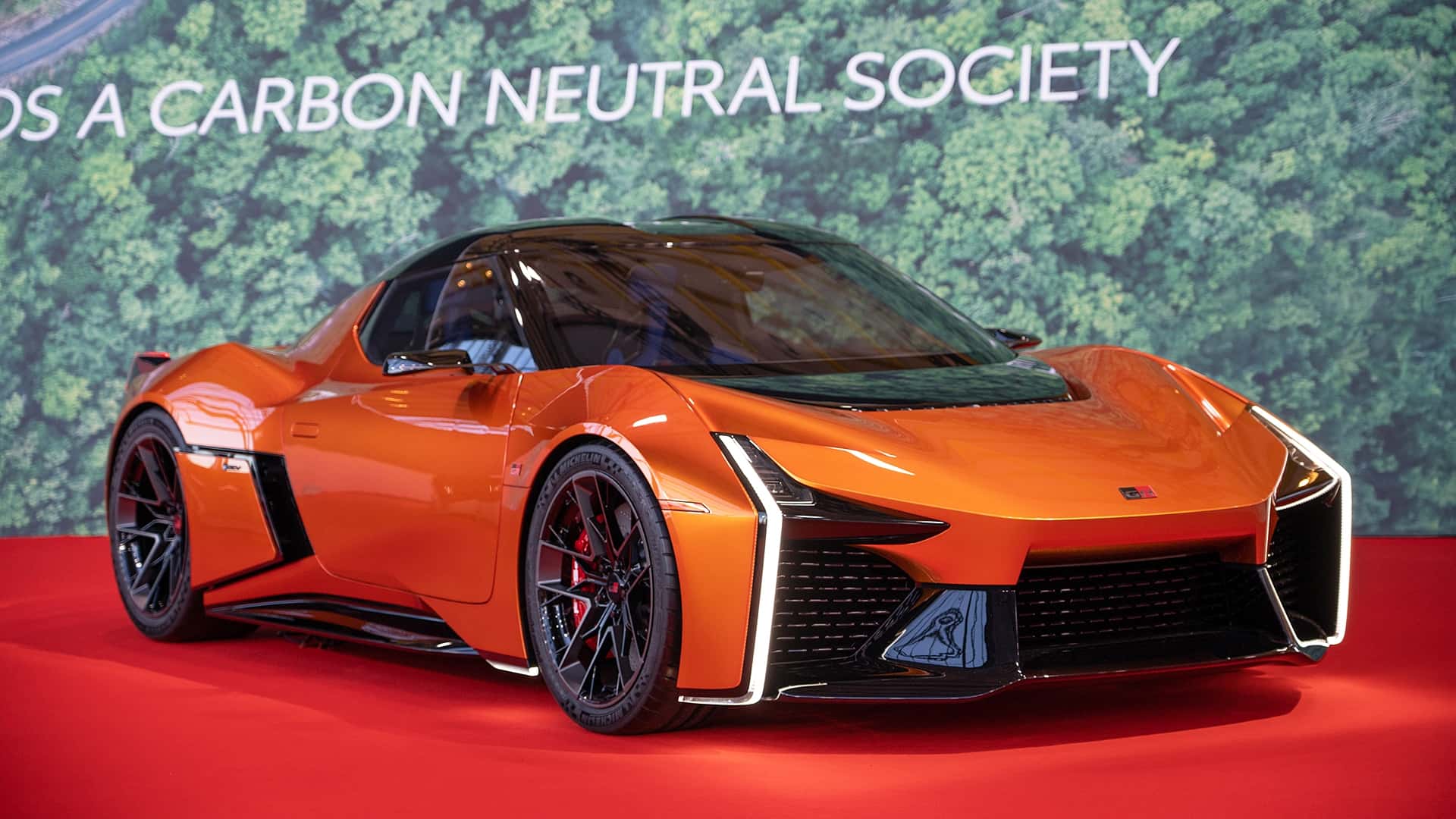
A man is highlighting a problem that most drivers never consider—cars are often built with men in mind, not women. This isn’t just an issue of comfort; it’s a matter of life or death.
René Jay (@thatguyrenejay), who describes himself as someone who enjoys “reading and tellin jokes,” posted a TikTok that’s both funny and depressing in which he explains how design bias built into the auto industry puts women at greater risk behind the wheel.
“Even the seatbelts are sexist,” Jay says in the video, which has over 400,600 views as of this writing.
He backs it up with grim numbers: women are 17% more likely to die in a car crash and 73% more likely to suffer serious injuries.
Thousands of commenters were stunned to learn how deeply the design gender bias runs.
Jay’s point is startling but straightforward—cars have been engineered and tested around the “average man,” and that choice has had deadly consequences for women on the road.
How Does Car Design Hurt Women?
Jay explains that the bias starts with crash testing itself. For decades, automakers used only male dummies to test the safety of their cars. The industry-standard model, known as the Hybrid III, was designed to represent the “average man” of the 1970s—roughly 5’9” and 170 pounds.
FROM THE TRENDING NEWS DESK
Viral bits from across the social media landscape
Our team of experts tracks what's trending so you don't have to—from viral videos to online debates that have everyone talking.
When a “female” version was eventually introduced, it wasn’t actually female at all.
“They just made it a smaller man,” Jay says. The model used today stands 4 feet 11 inches tall, weighs 108 pounds, and, as Jay notes, still fails to reflect women’s actual anatomy. The dummy doesn’t account for differences in pelvic and spinal structure or the fact that women have weaker neck muscles, making them more vulnerable to whiplash and other injuries.
“Also, they’re not adjusting for body type,” he adds. “There are plenty of big girls, small girls, tall girls, short girls, there’s a lot of things going on.”
Jay highlights that a little over a decade ago, Swedish researcher Astrid Linder introduced EvaRID, a crash test dummy that better models women’s proportions and neck strength. Still, he says, it didn’t address variations in body size, and most governments haven’t required carmakers to adopt more inclusive testing standards.
“Governments don’t necessarily force these companies to use what could help you,” Jay says. “They don’t even account for, like, pregnant women when it comes to car accidents.”
For Jay, learning how little thought has gone into protecting women in cars was infuriating. “It’s a lot to take in,” he says—and judging by the reaction online, many viewers feel the same.
The Impact of Designing Cars for Men
Researchers believe the disparity in crash survival comes down to one thing: Cars were never really built for women. Vehicle safety systems, seatbelts, and even airbags were designed around the dimensions and weight of an average man, which means women’s bodies often don’t get the same protection in a crash.
The result is deadly. Studies show that women are more likely to die or suffer serious injuries in accidents of similar severity to men.
Much of that risk starts with testing. The crash test dummies used to design and rate vehicles are still based on male body types from the 1970s, and the “female” versions are essentially scaled-down male models that overlook key anatomical differences. As Jay pointed out, they don’t accurately capture women’s spinal shape, or neck strength—all crucial factors in crash outcomes.
Seatbelts and airbags don’t help much either. Because they were designed for taller, broader torsos, seatbelts can rest across the wrong parts of the body on women, increasing the risk of chest or abdominal injury. Airbags, meanwhile, are calibrated for a different seating position and body weight, which can make them less effective—or even dangerous—when deployed.
Women are also more likely to drive smaller, lighter vehicles, which offer less protection in the event of a collision. And when crashes happen, women are often in the car that gets hit rather than the one doing the hitting, especially in side-impact or rear-end crashes—types that tend to cause more serious injuries.
Physical differences add to the risk. Women’s shorter stature and driving posture can leave them sitting closer to the wheel or airbag, which can amplify injuries in a high-speed collision. Taken together, these factors reveal a design system that prioritizes data over diversity—and one that continues to fail women on the road.
Viewers Shocked to Learn Car Design Hurts Women
Commenters flooded Jay’s video, stunned that something as ordinary as driving still poses higher risks for women.
“We are a perpetual afterthought… to a viciously negligent level,” one woman wrote.
Another added, “A seatbelt is why I had 12 broken bones and a ruptured small intestine in an accident. My ex (male) walked away without a scratch.”
A third viewer tried to lighten the mood, quipping, “‘Even the seatbelts are sexist.’ What’s next… toilet?”
Others drew parallels to everyday examples of gender bias that hit close to home.
“For years, women were made fun of in the office for ‘always being cold’ because office temperatures were based on an average-sized man wearing a suit,” one commenter said.
Another chimed in, “Most of our clothes don’t have pockets as a marketing tool to sell purses.”
One woman pointed to a bigger issue: “Have you looked into ‘pink tax’? There’s a list of items deemed ‘necessary’ that aren’t taxed—included in this is men’s razors, not included in this are tampons/pads.”
Many thanked Jay for shedding light on a problem they say women have been dealing with for a long time.
“We are in so much pain!! Thank you for seeing us!!” one woman wrote. Another added, “I’d choose you over a bear.”
And one fan summed up the collective sentiment with, “You are my favorite man on the internet.”
Motor1 has reached out to Jay via a direct message on TikTok. We’ll update this if he responds.













































